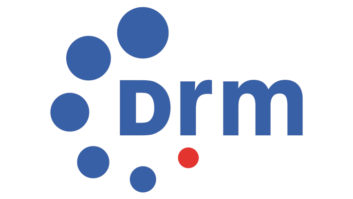Standards in data
May 1, 2005 12:00 PM
In addition to the audio quality improvements of HD Radio, the technology will allow broadcasters to provide digital information services. The first generation of data services is already a part of the HD Radio system. The plans have been laid to add additional services and capabilities in the future.
An informal standard for data services is defined by ID3 (www.id3.org), which grew from the popularity of MP3 files and the desire to include information about the audio within the file. ID3 provides fields that include artist name, song title and album title. More recent additions to the format include other user-defined fields such as a URL, lyrics, equalizer presets, pictures and even other files. ID3 is currently in version ID3v2.4.0. The figure here shows the coding format of the ID3 data string.

Click here to enlarge this image.
The ID3 format lists 80 entries in the Genre field. Nullsoft/Winamp has added an additional 46 types to the list.
Plans are also in place to include a variation of the Synchronized Multimedia Integration Language (SMIL) to deliver dynamic multimedia services via IBOC. This will provide the means to transmit enhanced information services such as breaking news, sports, weather and traffic alerts as text or audio files, listener-controlled audio services that allow listeners to pause, store, fast-forward, index and replay audio with the help of an integrated program guide, and supplementary data delivery to deliver telematics, navigation information and rear-seat entertainment.
When Advanced Application Services are implemented, they will draw on the HD Broadcast Multimedia Language (HD BML), which is a defined XML structure that is based on the SMIL profile.






